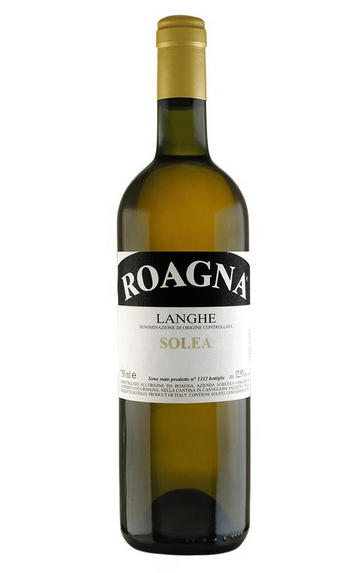
About this WINE
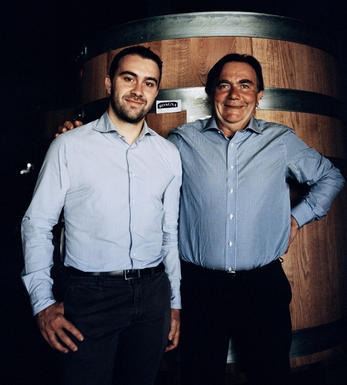
Roagna, Piedmont
Luca Roagna represents the latest generation to work in this historical wine estate, alongside his genial father Alfredo, whose 15 hectares of vine cover both Barbaresco and Barolo wine production. However the family's roots lie in Barbaresco, with Luca's grandfather buying the Paje vineyard in the 1950s.
The key to understanding Roagna's wine is their insistence upon biodiverse masale selected and old vineyards (up to 100 year-old in the case of Castiglione Falletto), whose plants are only green harvested up to 15 yo (older vines set their own yields naturally). Harvests tend to be more protracted than their neighbours, while cuvaisons in large conical French Garbellotto botte also outstrip the norm, lasting anything from one to two months, achieving the finest tannins and maximum extraction. The use of sulphur dioxide is minimal if applied at regular intervals.
The range is dominated by three Barbaresco crus: Paje, Crichet Paje and Paje Riserva; the difference being the exposition and vine age. Not afraid to innovate, since 1982 they have also offered an ingenious non-vintage, vino di tavola blend of (Barbaresco) Nebbiolo called 'Opera Prima' and since '88 a minerally white Chardonnay/Nebbiolo blend named 'Solea'.
From Barolo's Castiglione Falletto village comes their monopole and ancient vine 'La Rocca e Le Pira' cru, while more recently (from '93) comes Serralunga d'Alba's prime Vigna Rionda. Production is small; the 10,000 cases potential reduced to an average 6,000 case reality. In a word: finezza.
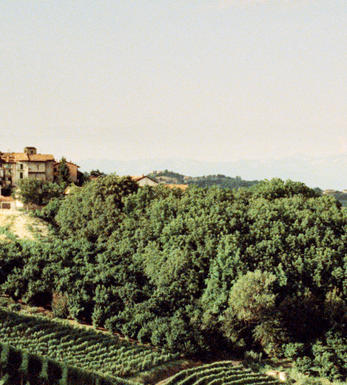
Piedmont
Piedmont has long been renowned as Italy's premier fine wine province, with its reputation dating back to Roman times and further solidified under the House of Savoy, which wielded influence over Europe during the Middle Ages from its Turin stronghold. Piedmont's prominence in Italian history was notably highlighted as a driving force behind Italian Reunification in 1861.
Situated in the north-western part of Italy, Piedmont boasts a continental climate shaped by the nearby Alps and Ligurian Apennines, influencing both its culture and winemaking traditions. The region is home to several renowned fine wine areas, including the Langhe region, encompassing esteemed appellations such as Barolo and Barbaresco, as well as Monferrato, which features wines like Asti and Gavi, and Novara with its Colline Novaresi and Boca.
Nebbiolo reigns supreme as Piedmont's quintessential grape variety, with its stronghold in the production of illustrious wines such as Barolo and Barbaresco. Following closely are Barbera d'Alba or Barbera d'Asti, and Dolcetto, known for its role as an early-ripening antipasti wine, particularly around Dogliani. Among whites, Moscato takes center stage, crafting both the effervescent Asti and the more refined Moscato d'Asti.
Piedmont also produces notable red wines like Brachetto d'Acqui and popular dry whites such as Gavi, made from the Cortese grape. Remarkably, despite contributing only a small fraction to Italy's total wine production, Piedmont boasts the highest proportion of Denominazione di Origine Controllata (DOC) and Denominazione di Origine Controllata e Garantita (DOCG) wines.
For those seeking exceptional Piedmontese wines, recommended producers include Roberto Sarotto, Marinacci, Punset, Luisin, Roagna, Fratelli Alessandria, Trediberri, Vigneti Luigi Oddero, Marcarini, and E.Pira di Chiara Boschis, among others.
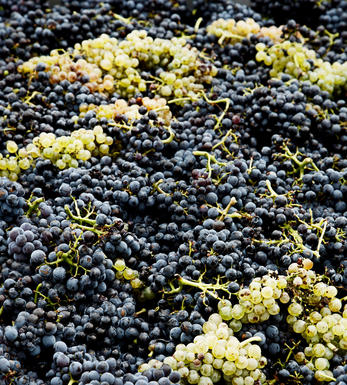
Other Varieties
There are over 200 different grape varieties used in modern wine making (from a total of over 1000). Most lesser known blends and varieties are traditional to specific parts of the world.


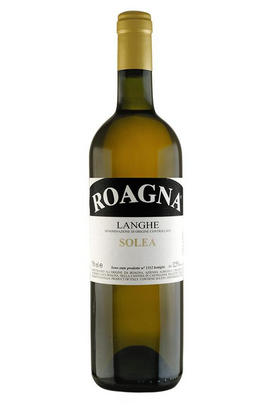
Buying options
Add to wishlist
Description
Although the Langhe hills are prized for the Nebbiolo grape (producing Barolo and Barbaresco), its sedimentary alkaline soils and steep slopes are good for whites too, not just Arneis or Cortese (Gavi close to Liguria), but also Chardonnay as here. The Roagna family first made Solea in 1988: it's blend of 80% Chardonnay and 20% Nebbiolo (a jus blancs), vinified entirely in large oak, tino then 20hl botte grande, it heralds from the family's Castiglione Falletto (Barolo) vineyard of La Pira, whose east-south east facing slopes and sandy calc soils are prime terroir to create this sapid little gem!
Harvested on 5th Sept 2012, not long after the final heat of August, when the wind was up fanning the fruit, it's a beautifully clear verbena green; to the smell it's very slight, scented with delicate, lifted lemongrass and fresh hay aromas; the palate echoes that of all Roagna wines, being supremely elegant, deft, nuanced, such grace, a suggestion of fresh mandarin skin, maybe even of some noble rot (of which there was none), all the while sinewy and refined, with a salty citrus finish. Very much a wine of the supreme La Pira vineyard, whose sandy soils give a pale colour and a wine of such modesty as well as breed.
David Berry Green
wine at a glance
Delivery and quality guarantee